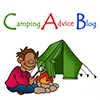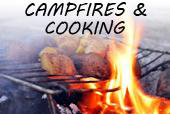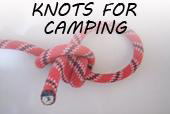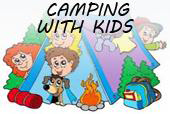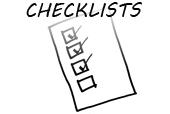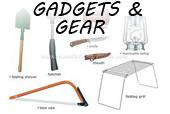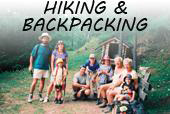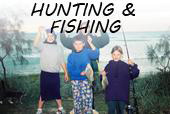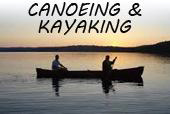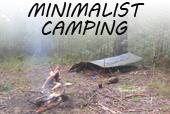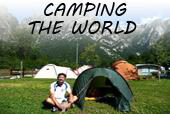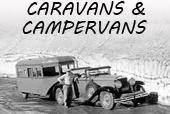Been shopping for a new camping tent? Wonder what 3-season or 4-season means? Confused about what a family tent or convertible tent classification means? Let’s try to cut through all the marketing lingo and get down to what you should really look for when you see camping tent ratings or classifications.
When you get right down to it, you should think of a camping tent as either 3-season or 4-season. So what’s in a name?
Generally speaking your average 3-season tent is built to hold up well in light to moderate weather conditions. They are built to be comfortable in Spring, Summer and Fall in most any location, hence the name 3-season.
Three-season tents are generally more affordable than 4-season. You will find a vast range of 3-season tent quality from the cheap units found in big retail stores to expensive models found in specialty camping stores.
The downside of 3-season tents? These tents do not hold up well in high winds, torrential rain and heavy snowfall. 3-season tents are generally not the tent of choice for backcountry expeditions through Alaska in January.
The best 3-season tents generally come with a waterproof rain fly and a breathable canopy. Ideally you want to find a three season tent with a waterproof floor. The rugged “bathtub” floor is generally reserved for the more expensive four season tent (but not always).
Four season tents are great for just about any weather condition that you may encounter, assuming its winter. The 4-season rating really should be classified as 1-season. Why? Because a quality 4-season tent performs great in winter conditions but may suffer from over-insulation in the summer months.
Structurally 4-season tents generally have at least four aluminum poles for strength (the more the better) to withstand sleet and snow. They are aerodynamic in design and typically they are dark colored in order to absorb heat. And they are generally much lighter.
The roof lines on four season tents are fully defined and very strong so water and snow cannot collect on top of the tent. Most four season tents can be utilized free standing in the event there is no place to pound stakes into the ground such as on the side of a mountain or in frozen terrain.
Four season tents have a fully encompassing rainfly to combat the elements. They also have excellent waterproof floors that are called “bathtubs” as they come up to about six inches on the side of the tent. Additionaly the seams are very hardy and strong throughout the tent.
The downside to the 4-season tent? Price. You can end up paying a hefty sum for the technology built in to keep you protected.
Also, as I alluded to above, if you are camping in the middle of summer you will want air movement through your tent to keep things cooler. 4-season tents are generally made to inhibit the elements from cutting through the camping tent, which is great in the winter and not so great in balmy summer.
So where does a family tent fit into these ratings? A family tent is simply a 3-season tent.
What’s going on with a convertible 3-4 season tent? This kind of tent generally has some sort of built in airflow ventilator. I would not take this type tent into the backcountry where survival was important. If the ventilator malfunctioned and it would not close, you could become an unhappy camper pretty fast.
Bottom line: The 3-season tent is the recommended choice for the majority of campers. It is the most cost effective tent and will allow the user to camp in a variety of conditions up to, but not including, severe winter weather conditions.
If you camp from Spring, Summer and Fall, a 3-season camping tent will fill your needs. If you camp where severe winter weather is possible then you should be getting a 4-season camping tent.
